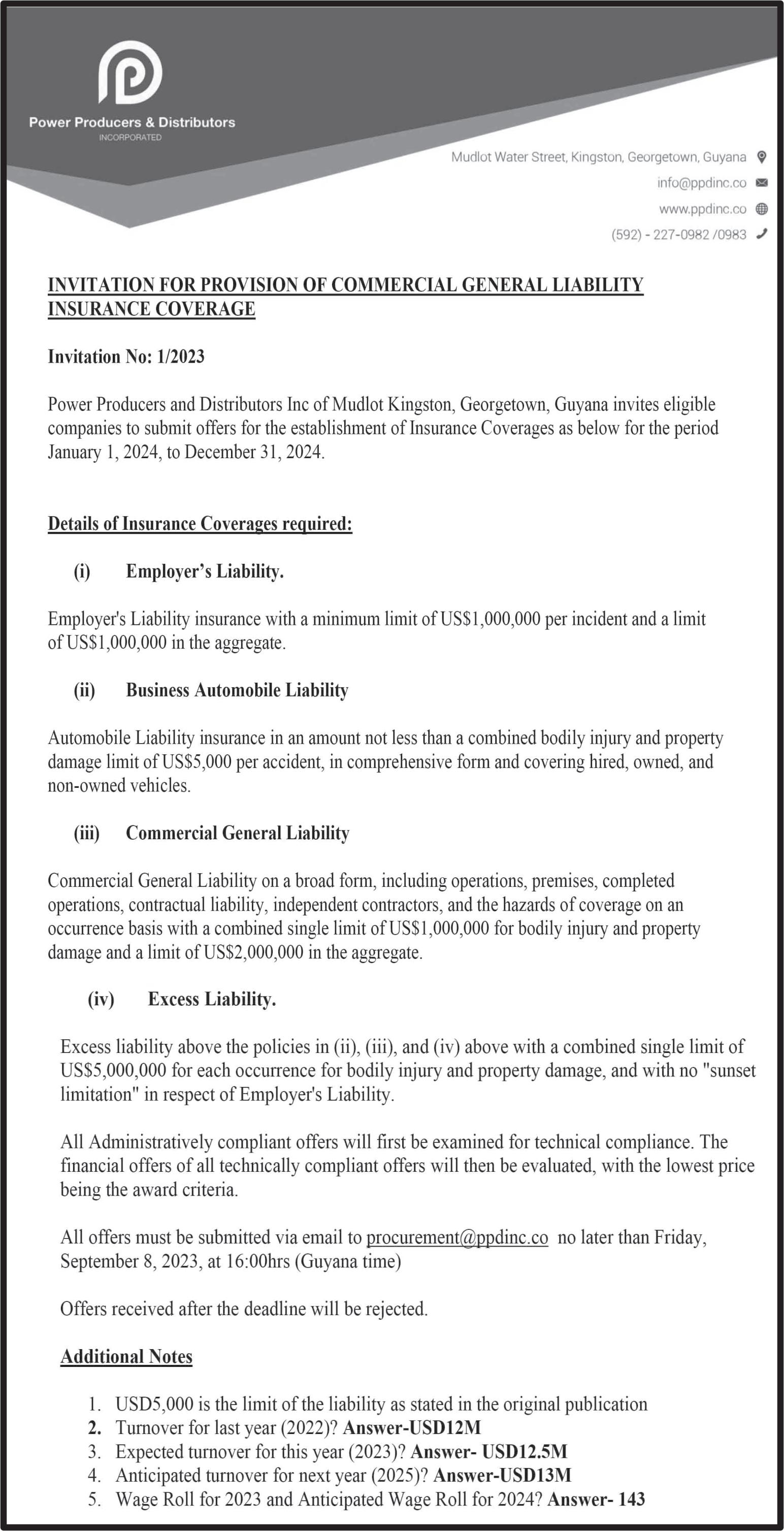
2 minute read
THE AGE OF SLAVERY TO EMANCIPATION...
the festival. We have seen new hats distributed among the men of a whole gang and a bit of course canvas for a petticoat given to each of the women, and never were children more delighted with toys as these poor beings were on the joyous occasion of receiving these humble, but to them splendid offerings. Some fresh meat was also served out to them as a high feast for dinner.”
The slaves were also encouraged to visit other plantations where friends, relatives, lovers and fellow passengers who had made the forced voyage into slavery were confined to, and dances were allowed. This was encouraged with the intent to humanize slavery, to minimise the pent-up anger of the slave by the weighted burden of the cruelty of the slave system, in the hope that it would curtail slaves running away, rebellions and other forms of sabotage against the plantation. But when it came to establishing the church and teaching literacy in the English context, this was a different development, as it implied a new level of shared aware- ness and the resuscitation of deeper cultural memories.
Advertisement
“In the 1790s, there were no Church buildings, but with the rise of British influence, some services were conducted on Sundays by the chaplain of the British Garrison in a small room in the courthouse in Stabroek, likewise with the Lutherans in Berbice and the Dutch-reformed church in both colonies. The Anglicans catered exclusively for the minority white population. They prohibited slaves from attending services for fear that exposure to Christianity would make them more discontented and rebellious.” This fear was based on the content of the scriptures that revolved around the liberation of slaves through divine guidance and human participation.
Also, the authority of the Mosaic law - Exodus 21:16 - implied that, “ A man who steals a man and sells him to another must be put to death,” etc. The Congregational Church did make a difference (The Protestant denominations ). The 1823 non-violent protest, to which this year is the Centennial Commemoration of that tragic event, of which so many lost their lives upon the whims and psychotic fantasies of Colonel Thomas Leahy, John Croal and Michael Mc Turk {a trickster}. The latter was knighted not for his support of random executions in 1823, but for the fiction he after created towards his legacy. Activists of this centennial must possess a copy of Thomas
Harding’s ‘White Debt’ and da Costa’s Crowns of Glory…, along with themes of Afro-Guyanese history. The indoctrination into Christianity after emancipation, of the colonial British subjects did not revolve around the work of the protestants, but with the colonial advertising campaign towards economic interests that followed the Industrial Revolution, with the scramble for Africa; “If every negro in the Congo bought one Sunday dress (Church clothes) and four everyday dresses, it would require 3,840 million yards of Manchester cotton, worth 16 million.” Sir Henry Morton Stanley- ‘The Scramble for Africa by Thomas Pakenham’.











